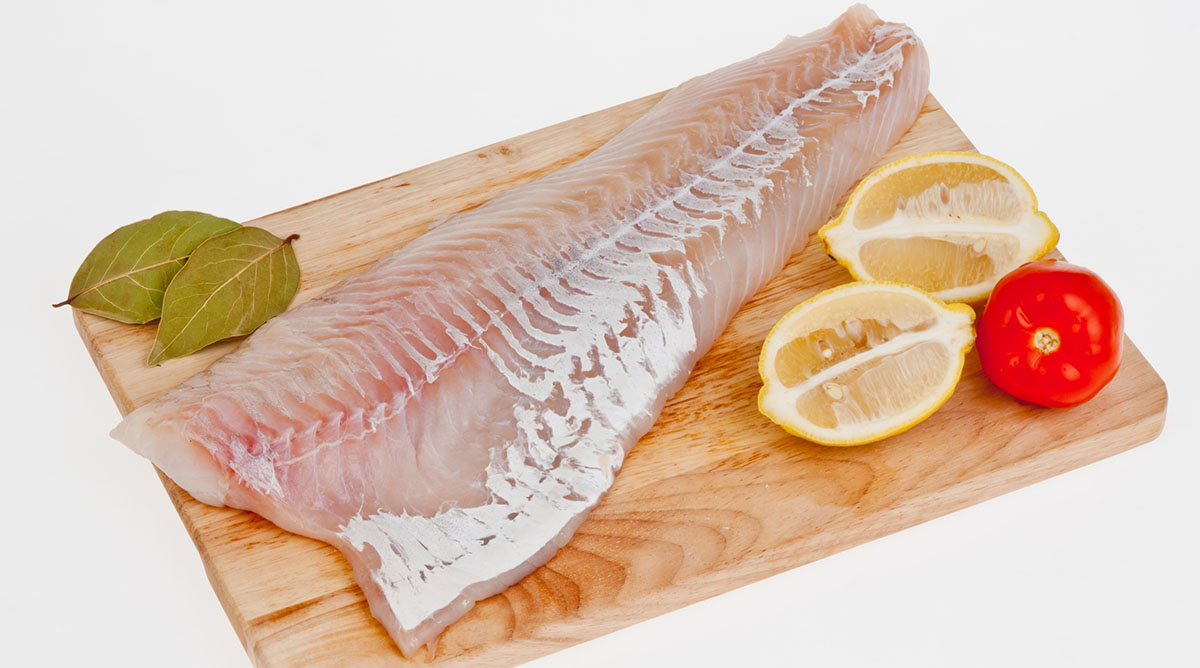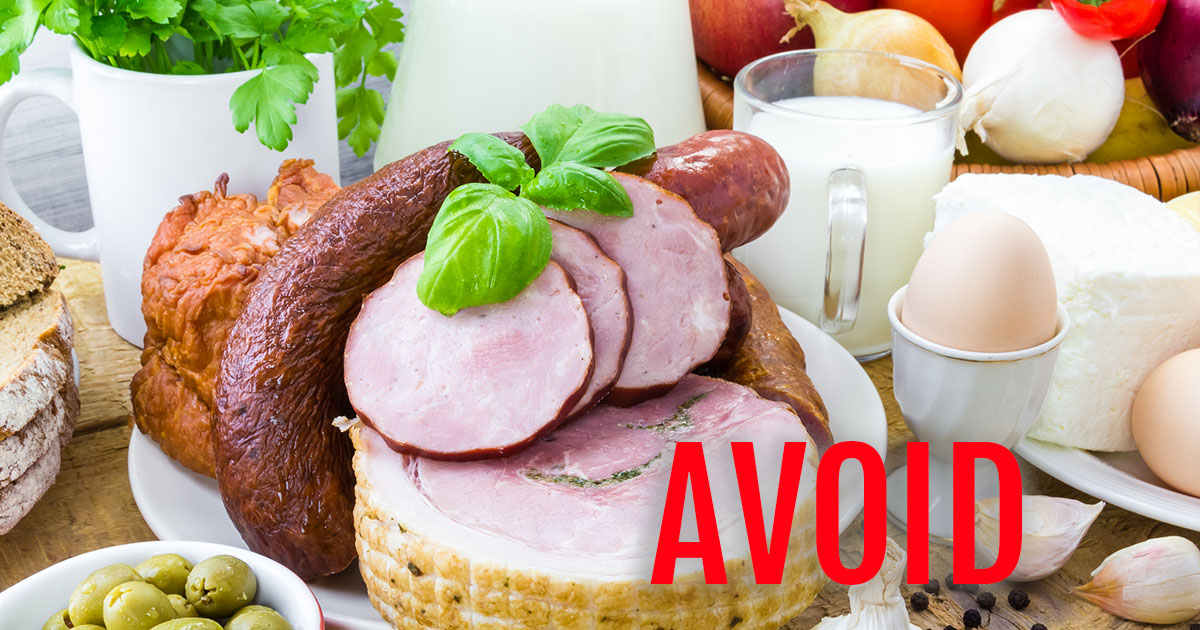What Is A Macrobiotic Diet?
Fish, Nuts, And Seeds Under The Macrobiotic Diet

The previous foods discussed the percentage of your macrobiotic diet they should take up. Of course, individuals can consume nuts, seeds, and fish when following this diet. However, since they are not the focus, there is not a specific percentage for each, and dieters use them to complete the remainder of their macrobiotic diet, while of course limiting consumption to a few times each week rather than every day.
Those who follow a macrobiotic diet are encouraged only to consume local and freshly-caught non-fatty white fish. Popular choices include cod, sole, halibut, and flounder. Nuts and seeds are limited to one or two cups per week and should be lightly roasted without added salt. Popular choices include chestnuts, almonds, sesame seeds, peanuts, walnuts, and pumpkin seeds. Those following the macrobiotic diet are told to avoid consuming (or consume sparingly): pistachios, macadamia nuts, cashews, hazelnuts, and Brazil nuts.
Food To Avoid

Due to the numerous restrictions on food in a macrobiotic diet, it is clear a diet like this takes quite a bit of dedication. When first transitioning to this diet there is some leeway in regards to the food you can eat, but once fully on the macrobiotic diet, there are lots you need to avoid. The most common foods individuals on the macrobiotic diet avoid are spicy food, processed food, refined sugar, soda, coffee, alcohol, honey, chocolate, fragrant tea, eggs, and all meat, poultry, and dairy. However, some individuals do choose to indulge in them once a month if they still have intense cravings for these foods.
